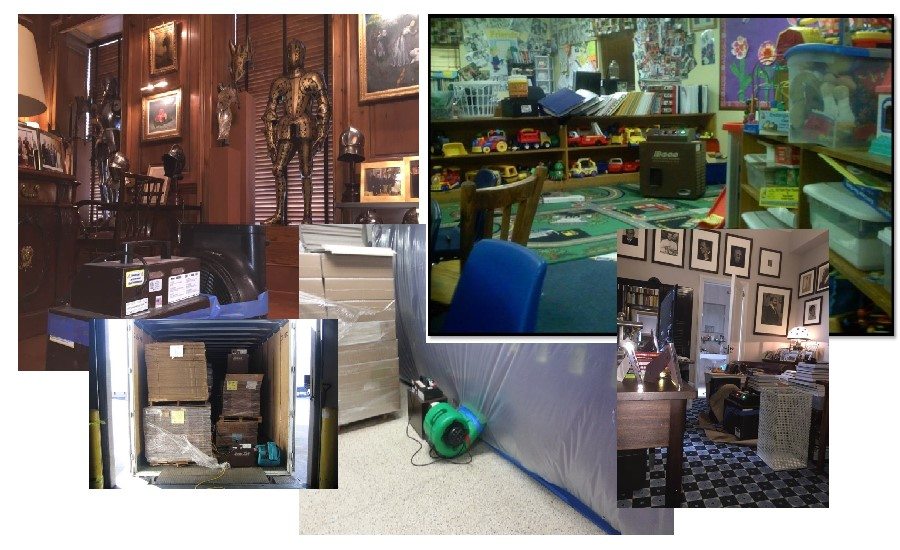
Hydroxyl generators were first introduced to the restoration industry in the United States and Canada in 2008. Since this was a new technology, there was quite a bit of skepticism at first. After successful performance on many complex projects, the safety and efficacy of the technology was confirmed, and the use of these generators became widely accepted.
Hydroxyl generators work in a way that is most like ozone in the sense that they produce oxidizing gasses that break apart odour molecules. The two primary differences, however, are that hydroxyls are one million times more reactive than ozone, and they’re safe to use around people and sensitive materials. This means hydroxyls can eliminate a much broader range of odours and VOCs as compared to ozone. The technology allows contractors to run the generators while they’re performing their normal physical cleaning instead of afterward, and enables clients to stay in their home or business when possible.
This technology is a simpler process of deodorization as compared to other conventional methods. It stands alone, and does not require the use of chemicals, oils, masking agents, charcoal filters, sealants, or other procedures. Furthermore, no continued labor of spraying, fogging, wiping, etc. is necessary. Simply turn on the machines at the beginning of the project and the effectiveness will be immediately noticed. This will provide for a cleaner and fresher environment for both contractors and clients.
While there are different types of hydroxyl generators, those which utilize a high intensity ultraviolet light also bring the advantage of disassembling the odour molecules not just in the air, but more importantly, in the structure and contents where the odours have been adsorbed. The production of hydroxyl radicals, and a further chain of reactions throughout the treatment space, enables the elimination of odours in all areas where the odours have traveled.

Leave A Comment
You must be logged in to post a comment.